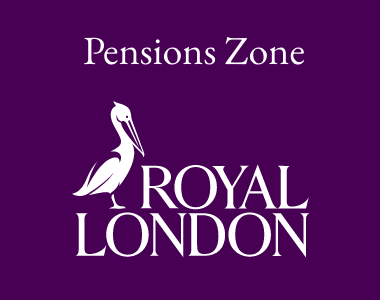The Office for National Statistics (ONS) has confirmed that the State Pension increase for 2024/25 will be 4.1%, after inflation came in at 1.7%.
Inflation data showing sub the Bank of England’s target of 2%, means that under the triple lock guarantee, the state pension should rise next year by the higher increase in earnings of 4.1%.
This means that from April next year, the single state pension will increase from £221.20 per week (£11,502 per year) to £230.30 per week (£11,975 per year) and the ‘old’ state pension will increase from £169.50 per week (£8,814 per year) to £176.45 per week (£9,175 per year).
It also means that, without Government intervention, the single state pension will exceed the personal allowance of £12,570 by 2027/28, even if the benefit increases by only 2.5% a year (the lowest possible element of the triple-lock guarantee).
Commenting, AJ Bell’s head of public policy Rachel Vahey, pointed out that UK pensioners should see a “sizeable increase to their state pension” of almost £500 a year, to bring it to just under £12,000, “a level perilously close to the frozen personal allowance and should overtake it in two years’ time”.
She said: “The chancellor, Rachel Reeves, may choose to shout out about this inflation-beating boost in her first Budget in two weeks’ time. Criticism of the decision to scrap the Winter Fuel Payment for all pensioners except those that claim Pension Credit still lingers, and the government will hope this rise in Brits’ state pensions will publicly reinforce its commitment to the triple-lock, as well as overshadowing the £200 most pensioners will lose this winter.
When the buffer between the State Pension and the personal income allowance tallies, “something must surely give,” says Vahey, but she added that slowing the increase in state pension growth or unfreezing the personal allowance “seem unlikely” as solutions”
“It could be that this fast-approaching crunch time means the government will finally be forced to address the question of how much the state pension should really offer, at what age, and how it can increase payments sustainably each year.”
Steven Cameron, Pensions Director at Aegon pointed to “a little-known rule that any earnings-related element of the State Pension, relating to the pre-April 2016 rules, and top ups, are only increased in line with the rate of inflation and not the triple lock. Therefore, some may find their overall State Pension increase lags behind the 4.1% figure.”
How to manage the costs of the State Pension long-term will be an ongoing debate, suggested Helen Morrissey, head of retirement analysis, Hargreaves Lansdown . “The usual levers of increasing state pension age risk running out of steam as longevity slows, so this tricky issue should be front and centre of the ongoing pension review.
“State Pension forms the foundation of our retirement income and people need certainty as to what they are going to get and when. The review is the ideal opportunity to assess the state pension and the triple lock’s role within it to give people the clarity they need.”
Main image: david-pisnoy-46juD4zY1XA-unsplash































